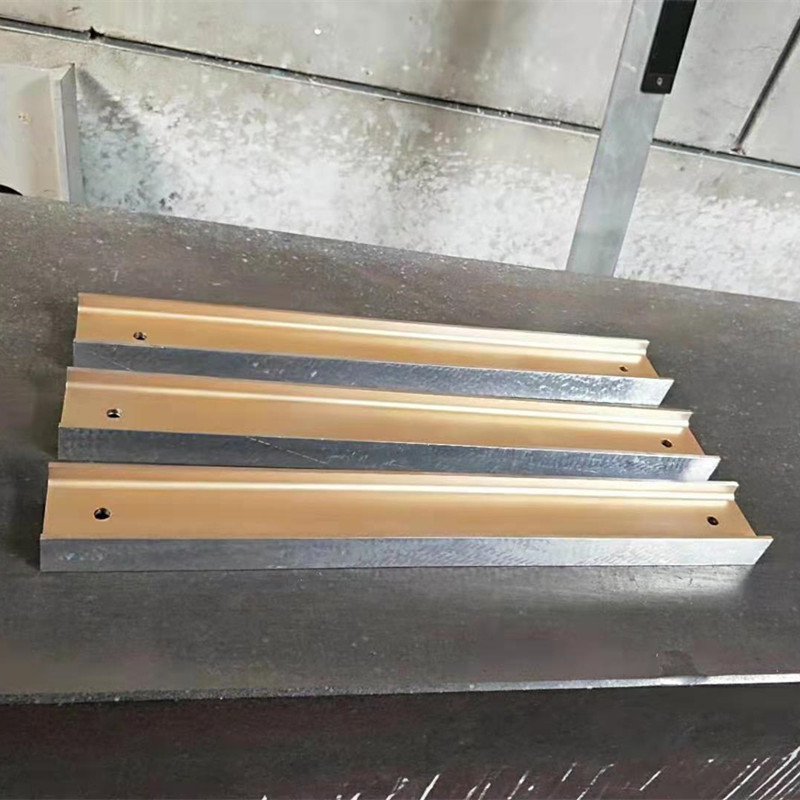12월 . 11, 2024 19:17 Back to list
Choosing the Right Thread Gauge Tool for Accurate Measurements and Specifications
Understanding Thread Gauge Tools Essential Accessories for Precision Engineering
In the realm of precision engineering, the importance of accurate measurements cannot be overstated. One of the essential tools used in the field to ensure the correctness of thread dimensions is the thread gauge tool. This instrument plays a critical role in various applications, from manufacturing and quality control to maintenance and repair of threaded components.
What is a Thread Gauge Tool?
A thread gauge tool is a precision instrument that allows engineers and machinists to measure the pitch and diameter of threaded fasteners accurately. The tool contains various slots and teeth corresponding to different thread sizes and types, enabling users to identify and verify the specifications of both internal and external threads quickly. Typically made from hardened steel or other durable materials, thread gauges are designed to withstand wear and tear while providing consistent accuracy.
Types of Thread Gauge Tools
Thread gauge tools come in several forms, each tailored to specific measurement needs
1. Go/No-Go Gauges These gauges are designed to quickly check whether a thread meets specified tolerances. The Go side should fit the thread, confirming that it meets minimum requirements, while the No-Go side should not fit, ensuring that the thread does not exceed maximum tolerances.
2. Thread Pitch Gauges Used mainly to measure the pitch of a thread, these gauges often consist of multiple blades, each displaying a different pitch. By matching the thread to the appropriate blade, users can determine the exact pitch of the thread quickly.
3. Tapered Thread Gauges These are used specifically for measuring tapered threads, commonly found in plumbing applications. They help ensure that fittings are compatible and leak-free.
4. Plug and Ring Gauges Essential for checking internal and external threads, respectively, these gauges help maintain standard tolerances during manufacturing.
Importance of Thread Gauge Tools
The use of thread gauge tools in manufacturing and engineering environments is indispensable
. Here are some significant reasons for their importance- Accuracy Ensuring that threads are manufactured to precise specifications is critical in preventing mechanical failures. Thread gauges provide an efficient way to verify that parts will fit together properly.
thread gauge tool

- Consistency Regular checks using thread gauges contribute to uniform quality within batches of threaded components, crucial for mass production scenarios.
- Time Efficiency Using a thread gauge tool speeds up the inspection process, allowing engineers and quality control teams to perform checks rapidly, thus reducing downtime.
- Cost Savings By ensuring that components meet required specifications on the first attempt, businesses can avoid costly rework and material waste.
How to Use a Thread Gauge Tool
Using a thread gauge tool is straightforward, but it requires attention to detail
1. Identify the Thread Before using the gauge, one must determine whether the thread is internal (female) or external (male).
2. Select the Correct Gauge Choose the appropriate gauge based on the type of thread being measured (metric, UNC, UNF, etc.).
3. Measure the Thread For pitch gauges, place the gauge blade against the thread until it fits snugly. For Go/No-Go gauges, check the fit of both sides against the thread.
4. Interpret the Results After measurement, analyze the fit. The correct specifications will indicate compliance with predetermined tolerances.
5. Document Findings Keeping records of measurements can help in quality assurance processes and track potential anomalies in production.
Conclusion
In conclusion, thread gauge tools are indispensable instruments in the world of precision engineering. Their ability to provide accurate, quick, and consistent measurements makes them vital for ensuring the functionality and safety of threaded components. By understanding the various types of thread gauge tools and their applications, professionals can uphold manufacturing standards and contribute to the overall quality of products in the market. Embracing these tools not only enhances production efficiency but also fosters a culture of precision and excellence in engineering practices.
-
Flanged Gate Valve: A Reliable Choice for Industrial and Municipal SystemsNewsAug.20,2025
-
Soft Seal Gate Valve: A Modern Solution for Reliable Pipeline ControlNewsAug.20,2025
-
Gate Valve Types: Understanding the Options for Your Pipeline SystemsNewsAug.20,2025
-
Y Type Strainer: Essential for Clean and Efficient Flow SystemsNewsAug.20,2025
-
Cast Iron Y Strainer: Durable Solutions for Demanding ApplicationsNewsAug.20,2025
-
Flanged Y Strainer: An Essential Component in Industrial Filtration SystemsNewsAug.20,2025
Related PRODUCTS









